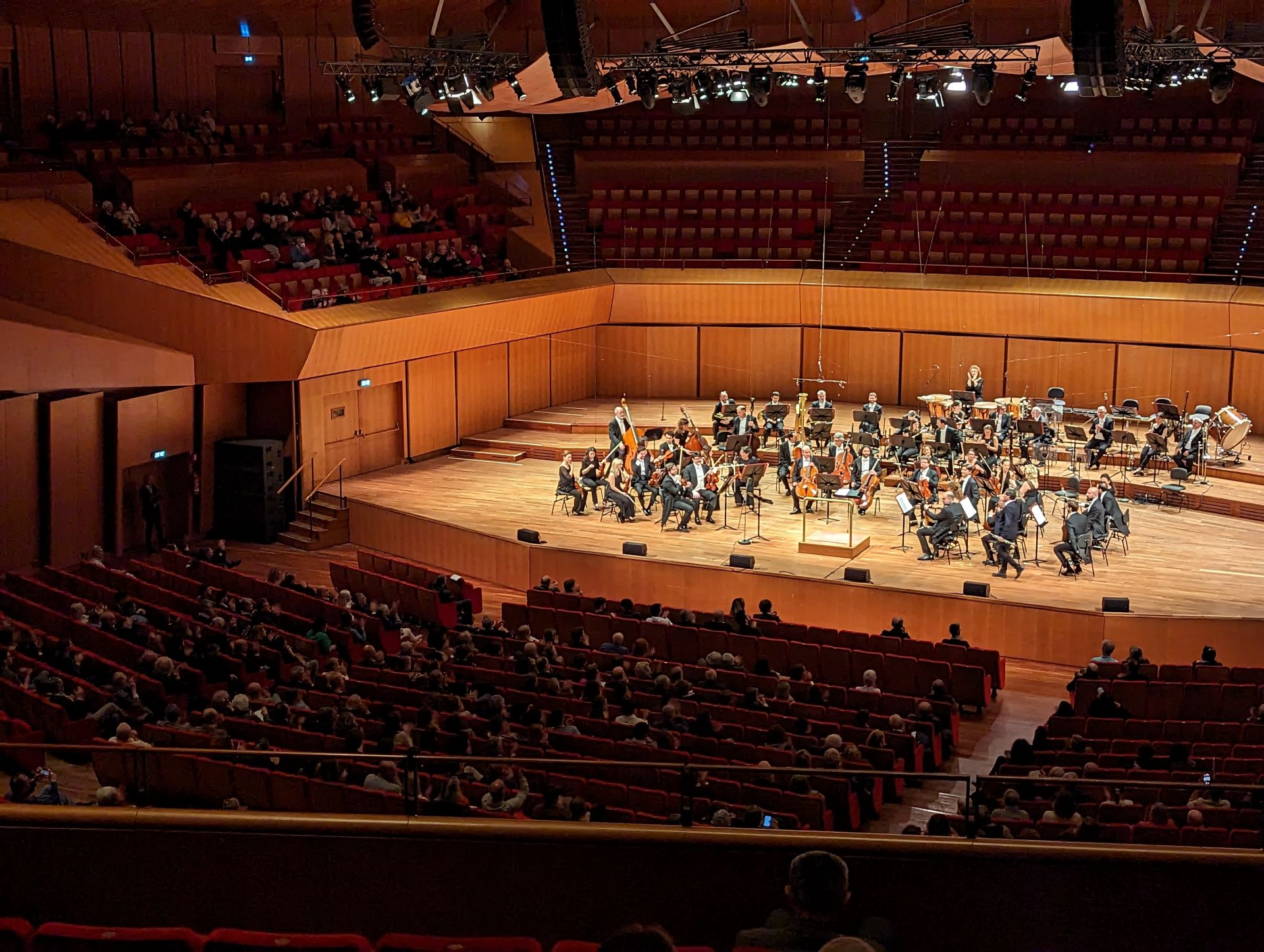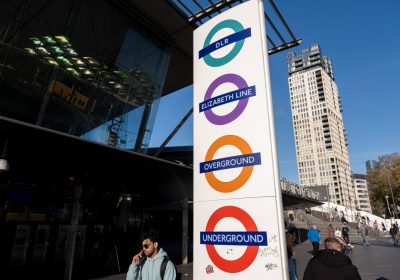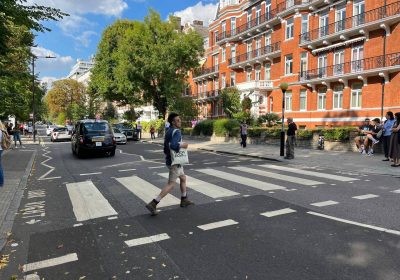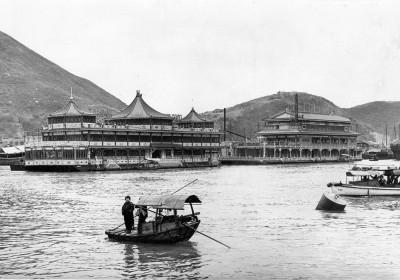 Some four years ago, I wrote an article criticising the acoustical qualities of the renowned Golden Hall of the Vienna Musikverein. That experience was highly disappointing and left me wary of the reputation of some of the world’s most prominent concert halls.
Some four years ago, I wrote an article criticising the acoustical qualities of the renowned Golden Hall of the Vienna Musikverein. That experience was highly disappointing and left me wary of the reputation of some of the world’s most prominent concert halls.
Luckily, the Viennese fiasco seemed to be just a one-off. Indeed, since then, I had the pleasure of enjoying some memorable concerts across the globe, from the Suntory Hall in Tokyo to Semperoper Dresden, the Sydney Opera House and the KKL Concert Hall in Lucerne.
However, a fortnight ago, I had the misfortune of attending an orchestral concert in a hall that was even more calamitous and woeful than the aforementioned one in the Austrian capital.
Opened in 2002, Rome’s Sala Santa Cecilia is housed at the Auditorium Parco della Musica and situated in the north of the city where the 1960 Summer Olympics were held. It is advertised as one of the most innovative concert halls in the world as well as ‘a resonating chamber of optimal acoustic performance’.
As a result, my expectations were running high when I visited this prestigious venue for a concert by Italy’s foremost symphony orchestra, the Orchestra dell’Accademia Nazionale di Santa Cecilia (Orchestra of the National Academy of Santa Cecilia).
Europeans often take pride in their country’s finest musical ensembles, and I have always struggled to find a ticket to their packed concerts in capital cities such as Berlin, London, Vienna, Amsterdam, Prague and Ljubljana.
You can imagine my surprise when I discovered that this concert in the Eternal City managed to attract a crowd of just some 1,000 people. The concert hall, which has seating for up to 2,800 patrons, looked deserted and the ushers had so little to do that many of them were simply chatting among themselves or playing with their phones.
This concert featured three notable works in the repertoire, namely Richard Strauss’ Le bourgeois gentilhomme, Johannes Brahms’s Clarinet Sonata Op. 120, No. 1 (arranged by Luciano Berio) and Franz Schubert’s Sixth Symphony. With so many empty seats all around me, I decided to listen to each piece at a different seat, hoping that I could enjoy the masterful acoustics from different angles and perspectives.
The reality, though, was very disappointing. From virtually every section of the Sala Santa Cecilia, the music sounded muffled and dampened, as though all the instruments on stage were playing with a mute. The musical notes could not be projected and, to make matters worse, there were considerable echoes all around when the orchestra played any louder than Mezzo forte.
These issues were compounded by other irritating problems in the hall. First and foremost, most of the audience members were not actually listening to the music. Some were chatting away, albeit in a hushed tone, some were enjoying a drink and a snack, while some others were walking around the hall when the music was being performed. None of the ushers put a stop to any of these appalling behaviours and, when I approached them to voice my concerns, they did not appear to understand any English and even shrugged away after hearing my broken Italian.
The cacophony of noises throughout the concert made this a most undesirable experience. The opening of bottles and cans, the unwrapping of candies and sandwiches and the occasional laughter from somewhere were all very frustrating. Hardly anyone seemed to be concentrating or appreciating the performance happening on stage and at times I even felt like I was at a circus, with the accompaniment of some soft background music.
Furthermore, the Sala Santa Cecilia was incredibly stuffy and there did not seem to be any ventilation circulating around. I could not help but think if the air quality was already this poor when the hall was only 40% full, what would happen if I was attending a sold-out concert?
A concert experience should be one of enjoyment and relaxation, but this was simply not possible when I sat on any of the seats in the hall. The seat pitch of all the seats was even worse than that on Ryanair. It just felt so jammed and uncomfortable, with barely any legroom to stretch my legs. It would be understandable if this was a low-cost concert hall, but certainly not so for what has been hailed as one of the greatest piece of concert hall architectures in the world.
Despite the Sala Santa Cecilia being an utter nightmare, the performance of the Orchestra of the National Academy of Santa Cecilia was highly impressive, with the musicians showing utmost dedication despite playing in a sparsely populated hall. In particular, the Strauss orchestral suite was given a very refreshing and convincing interpretation by conductor Antonello Manacorda, who had the orchestra sat in an unconventional, but highly effective, way. Unfortunately, this outstanding concert was otherwise not appreciated by the distracted audience, who provided the performers with a lukewarm reception. This was totally undeserved and, if anything, only highlighted the quality of the listeners and their lack of respect for the music and the musicians.














